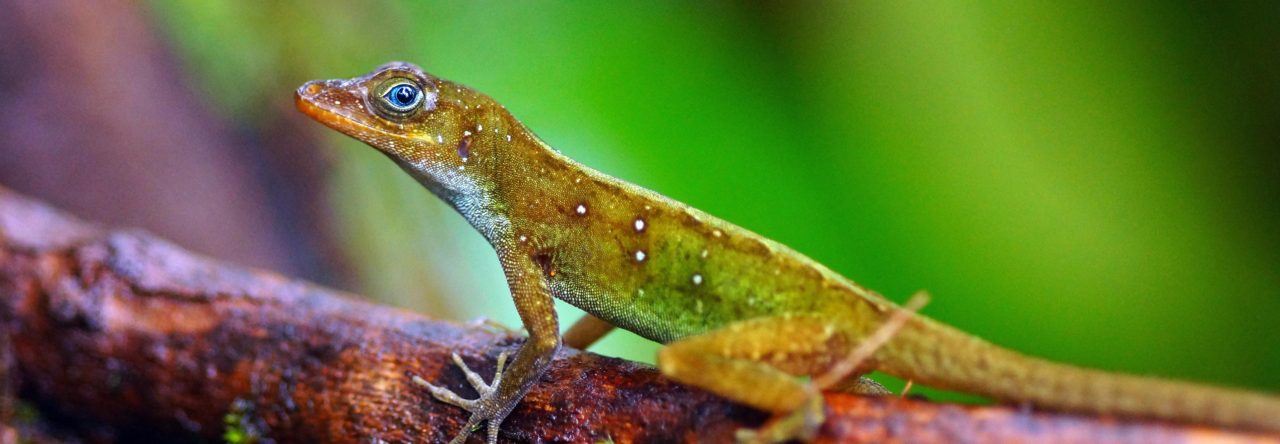
This isn’t strictly anole-related, but I think many faithful readers of Anole Annals will be interested in this fascinating project:
UCLA anole biologist and film-maker extraordinarie Neil Losin (whose films about anole research we’ve featured before) is teaming up with University of Miami’s Nathan Dappen, who just earned his Ph.D. studying the Ibiza Wall Lizard, a threatened species that’s only found on the Mediterranean islands of Ibiza and Formentera. They are working on a book: Symbol: Wall Lizards of the Pityusic Archipelago. Both Losin and Dappen are both professional photographers as well as biologists (e.g., here); they want to bring together science and photography in the very first book about these lizards with the goal of captivating the two million tourists that visit these islands every year.
Ibiza Wall Lizards appear in art, sculpture, and even tattoos on people’s bodies, but despite their iconic status, few tourists or locals know much about them, and there’s no place to learn more about this fascinating species. Ibiza Wall Lizards may have the greatest color diversity of any reptile – they range from green, to blue, to orange, to black! The only rival I can think of are Martin Whiting’s flat lizards from South Africa. They’re also play an important ecological role as plant pollinators and seed dispersers, so they’re crucial to the health of this island ecosystem (check out their award-winning short video on these lizards). The Symbol will bring the folklore, biology, and conservation of these lizards to everyone through spectacular photos and easy-to-read text. The book will be available in four languages – Spanish, English, German and Italian – the four most commonly spoken languages of the islands. It will be a perfect souvenir for tourists, and a wonderful gift to the locals.
Losin and Dappen need your help to get the project off the ground! They are raising money for the book on Kickstarter, a popular crowd-funding platform (for those of you unaware of Kickstarter and similar websites, the idea is that people post projects in need of funding and people donate whatever they want; if the goal is reached in the time period allotted, usually several weeks, credit cards are charged and the project is funded; otherwise, no donations are taken). By donating to this project, you can help make lizards an ambassador for nature on these islands and change the way people think about Ibiza’s reptilian icon forever. Plus, contributors earn cool rewards, like acknowledgement in the book, limited edition photographs, and signed copies of the book itself.
Check out Losin and Dappen’s Kickstarter campaign here. All contributions are secure (billed through Amazon’s payment system) and your credit card won’t be charged unless Losin and Dappen reach their funding goal.
Thanks for taking the time to check out this important project!




























































